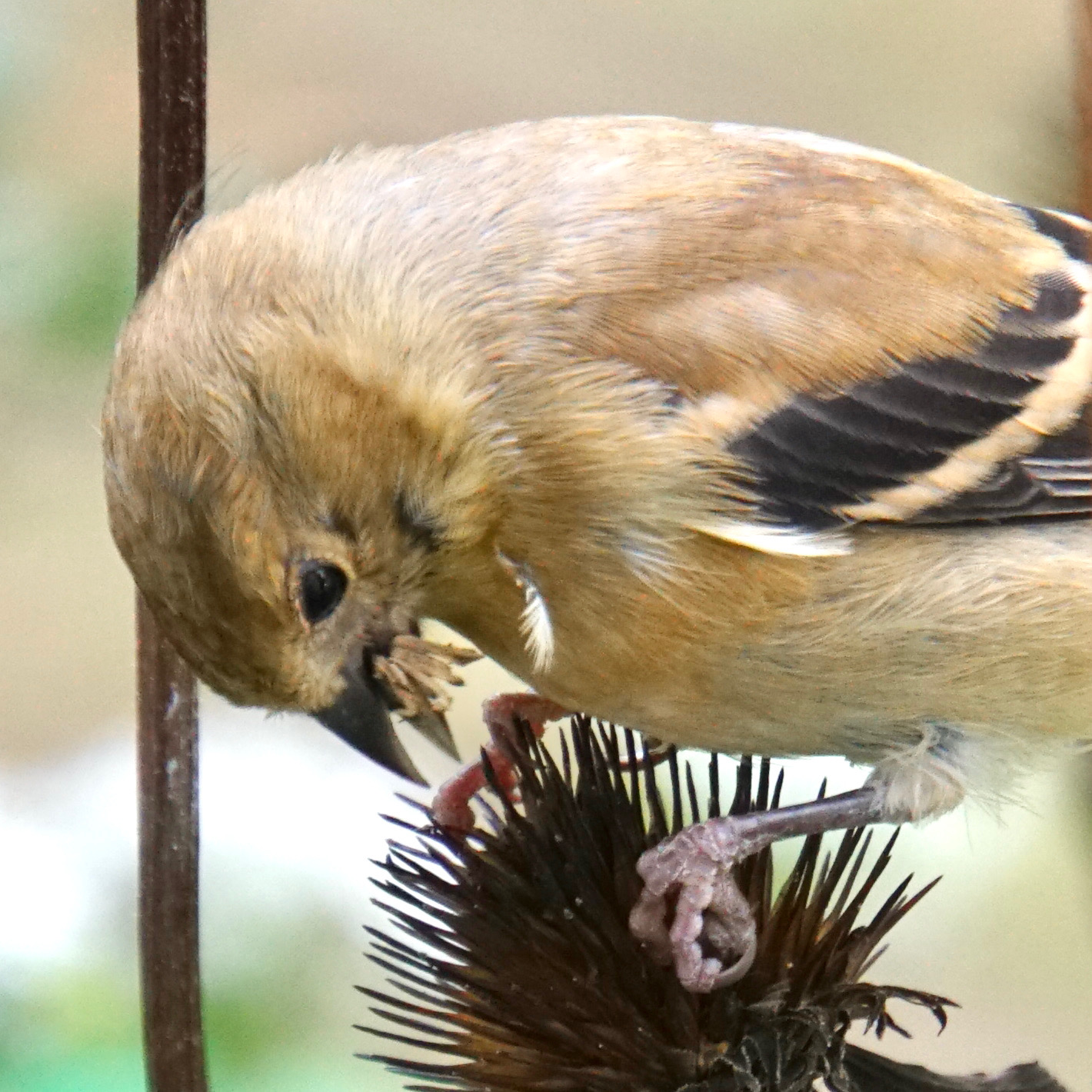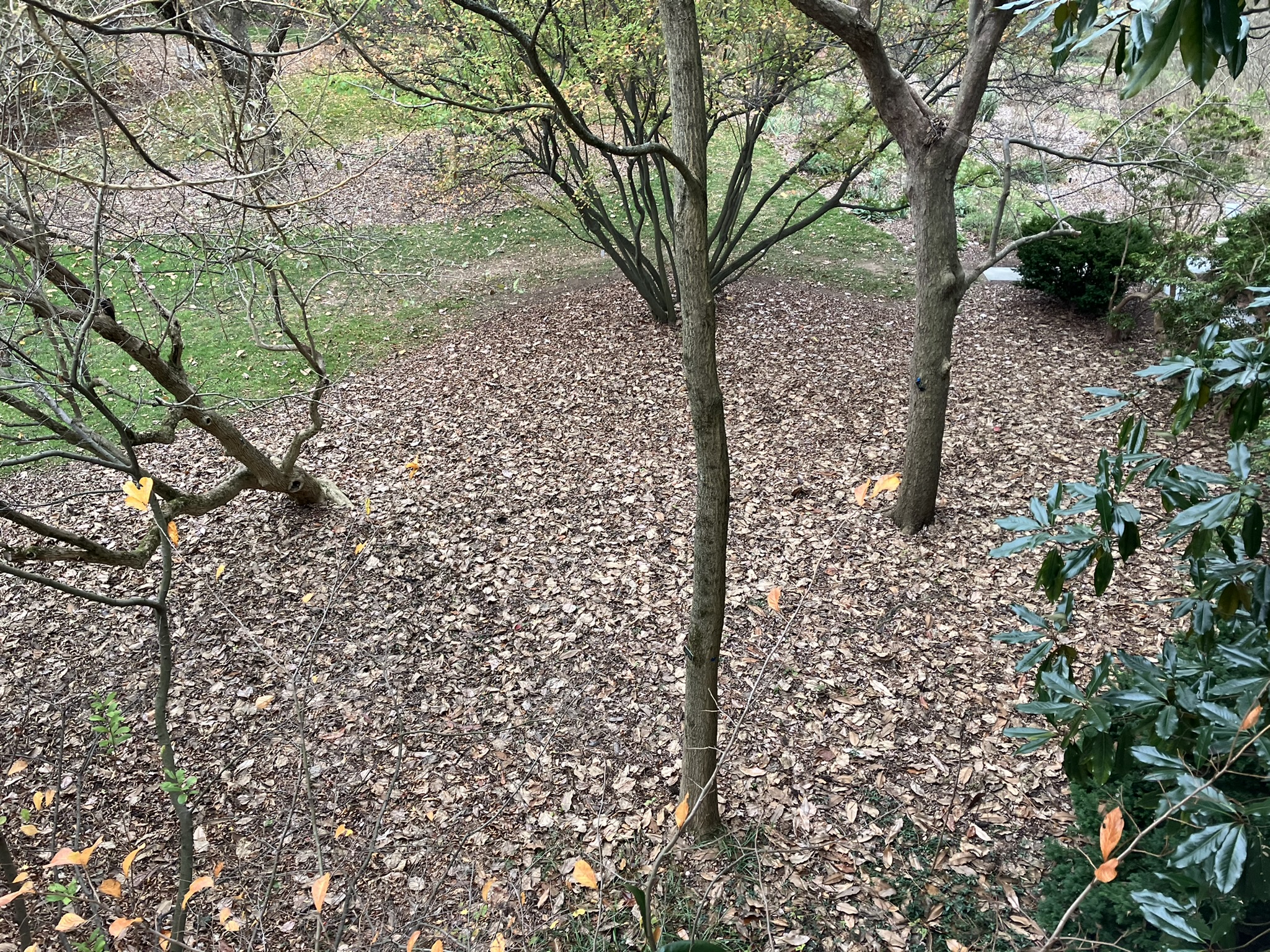Fall is a fascinating season, a transition from the buzzing of summer to the stillness of winter. Temperatures drop, flowers fade and stems turn brown as plants go dormant. Even in dormancy, plants keep supporting life. Many insects take cover within plant stems during the winter. Seeds on spent flowers provide food for birds. Dormant plant stems and fallen leaves help dissipate rainfall before it hits the ground, protecting the soil from erosion.
Traditional fall clean-ups leave many pollinators without places to spend the winter. To make sure your garden is a safe haven for pollinators year-round, leave your leave your dormant plants as they are. Wait to make any cuts until late spring after pollinators have emerged or simply let the plants grow on their own. In areas where stalks must be cut down early, leave 8”-24” of the plant rather than cutting it all the way to the ground.
To build out habitat even more, leave your leaves on garden beds and anywhere they will not disrupt walkways. Leaves also provide important winter cover for pollinators and the soil. Leaves that need to be moved can be placed in compost piles, swept onto garden beds, stuffed around potted plants to serve as insulation, or used as smothering material to kill off lawn grass and create space for future gardens.
Although winter can feel lifeless at times, many pollinators are hidden in gardens and woodlands just out of sight. Taking passive steps like leaving dormant plants and fallen leaves can help ensure a bustling spring and summer season.


